Not that long ago, we were talking about the industrial warehouse shortage and questioning how long it was going to last. Warehouse space was becoming some of the most competitive property around and availability was at an all-time low. While the boom in online shopping looked like it was on a continuous upward trajectory, at the time, experts were advising businesses not to get too carried away, not to look too far ahead and to try adapting to a short-term strategy for growth, along with a just-in-case inventory.
Of course, this was a great opportunity for us to promote the benefits of a temporary structure. As well as being fast to deploy, their versatility is a key strength and there is huge value in having a space that can adapt quickly to a business’ needs, especially when a business is having to fly by the seat of its pants in order to keep up with the consumer.
Fast-forward a few months and the versatility of warehouses is being highlighted again but this time, businesses are being urged to adapt the way they use their industrial space to deal with a drop in e-commerce. Demand for traditional warehouse buildings has hit a decade low as consumers start to limit their online shopping habits and hunt for more in-store bargains amid the current cost-of-living crisis.
A traditional build is not particularly amenable to fast-paced change but with a fabric structure, the framework can be swiftly altered in size and orientation. It can also be relocated to another part of the site or to new premises entirely. A fabric structure that was originally intended for storage could easily become a hub for distribution or a shelter for vehicles with minimal disruption.
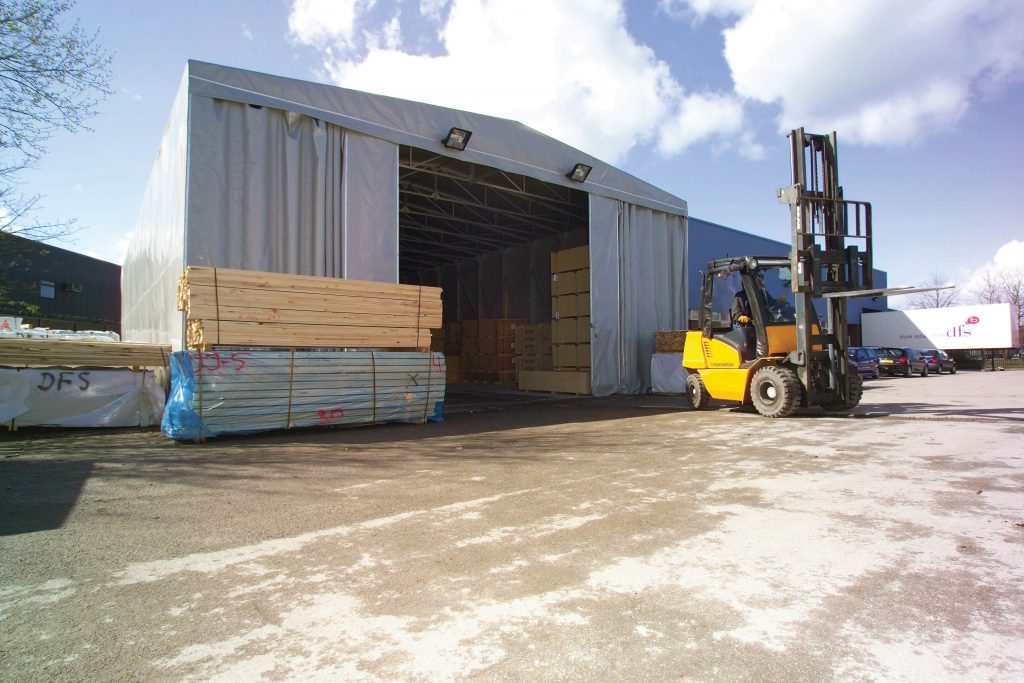
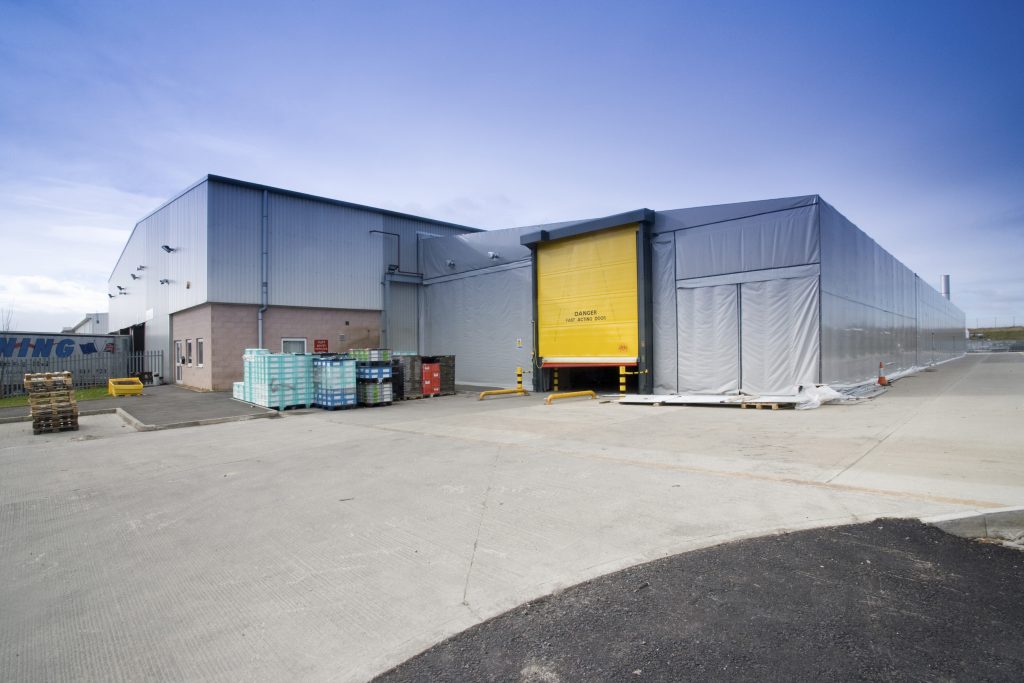
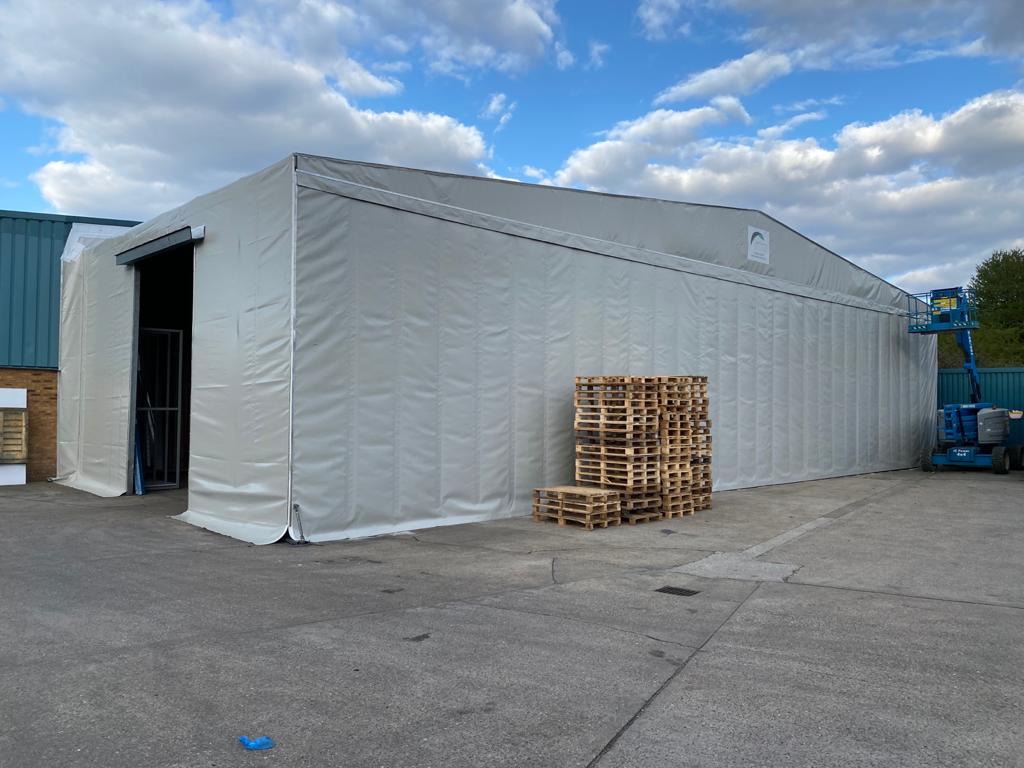
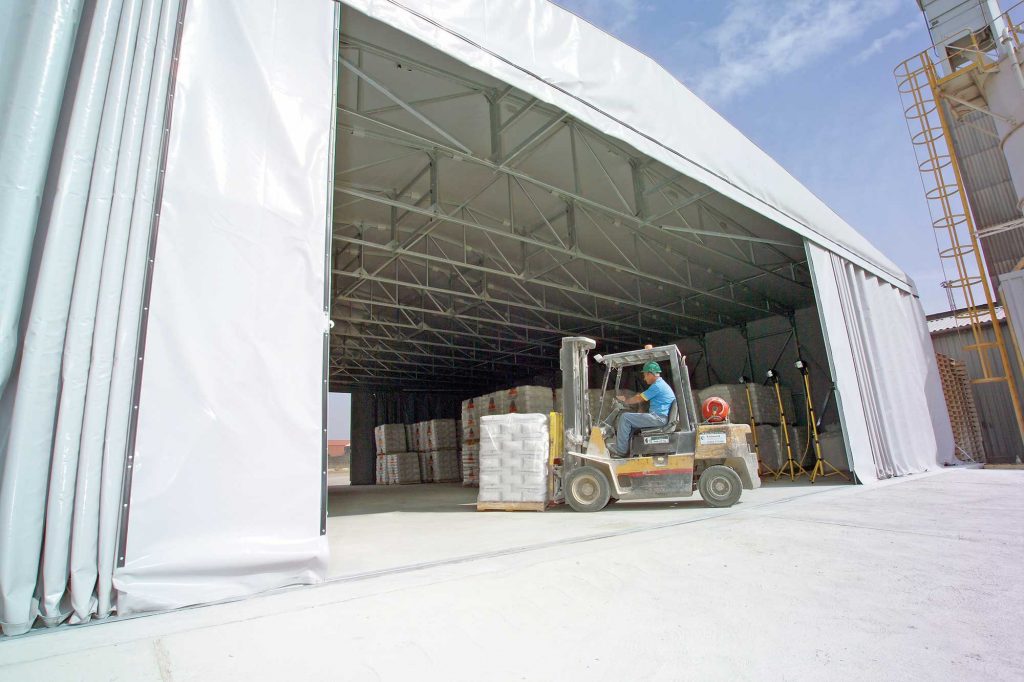
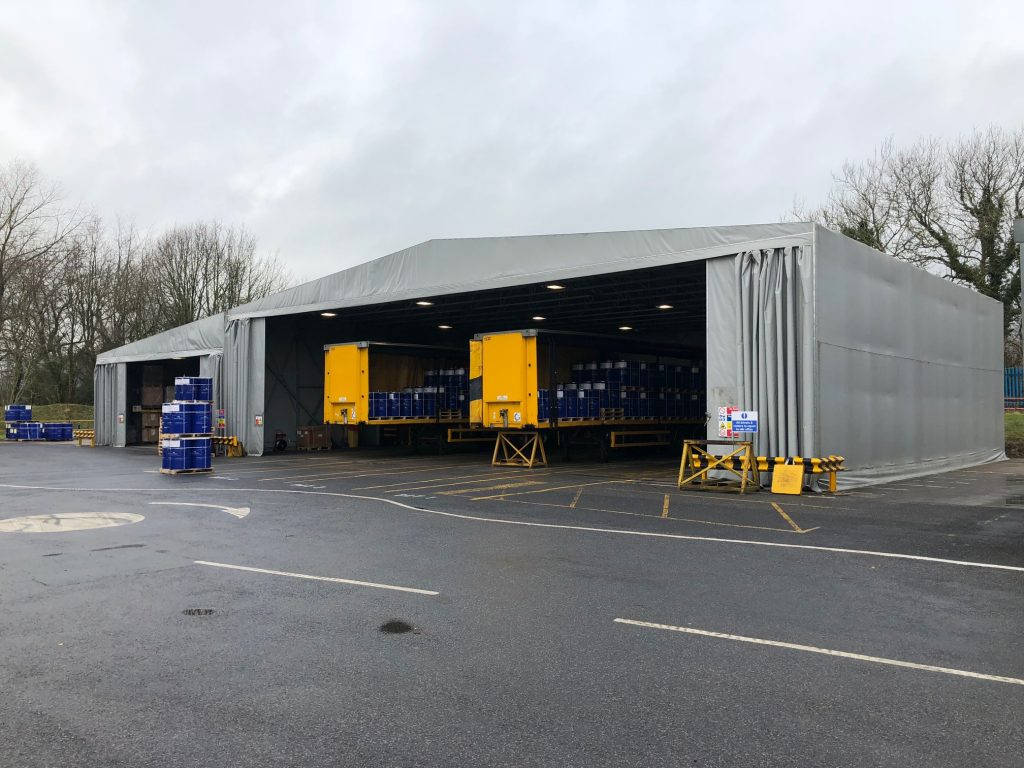
In spite of the weakening occupier demand, there is a high level of construction activity in progress that was intended to solve the issue of a warehouse shortage but right now, this is only going to increase vacancy rates.
The only certainty at the moment is that nothing is certain and businesses are having to adapt. It’s vital that the buildings around them can consistently facilitate operations, which is why we build around you. Our industrial structures are fully customised. They can grow or downsize in line with a business and will quite literally stand for as long as you need them to. They also come with flexible finance options so if business takes a dip, you’re not left trapped in a rental contract on an expensive traditional building.
This year alone, when it comes to efficient use of space and budget, fabric structures have never been more relevant!
